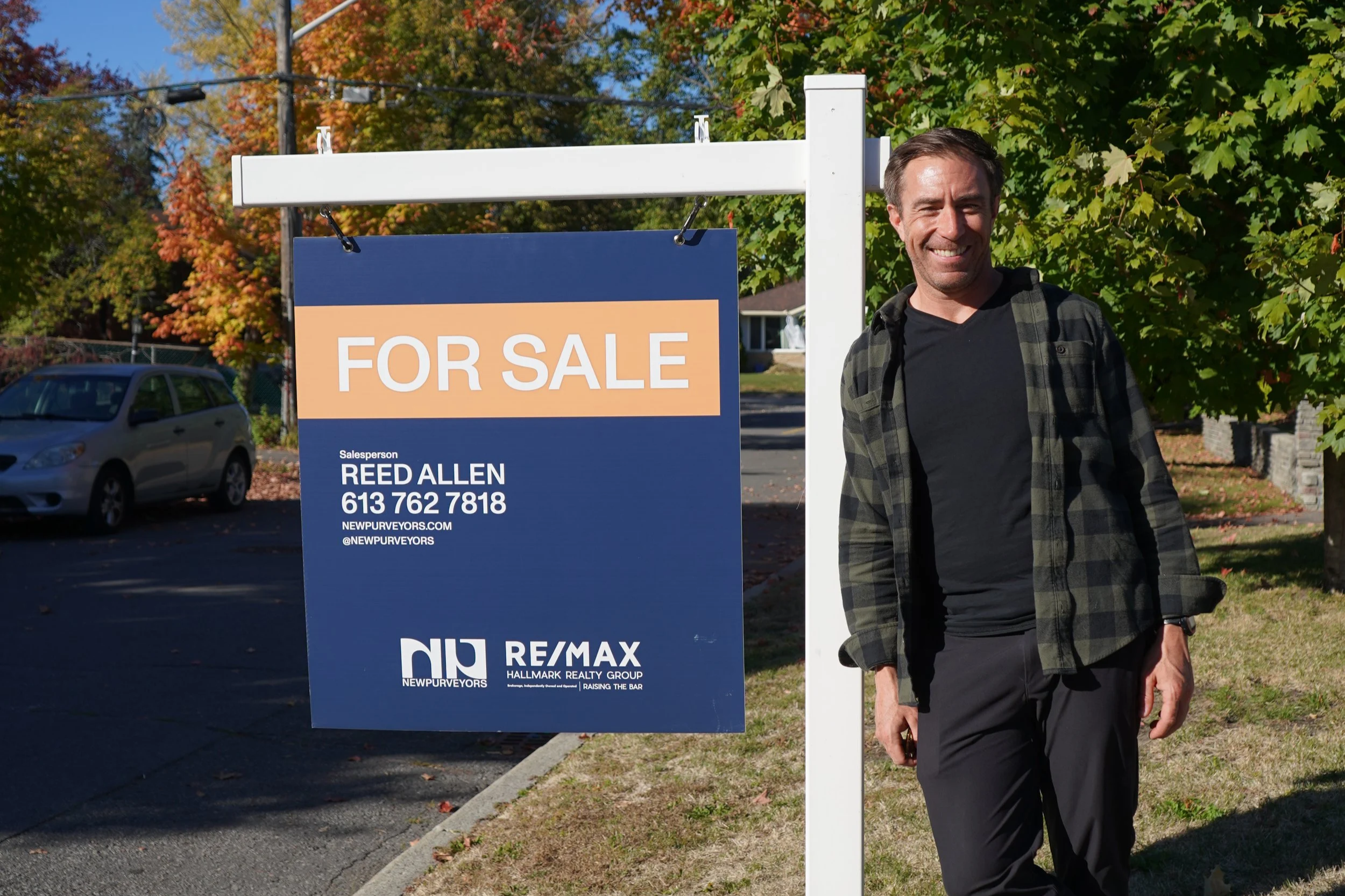What’s It Really Like Living in Downtown Ottawa? A Local’s Guide to Life in the Core
If you’ve ever wondered what it’s like to live in downtown Ottawa, you’re not alone. With more and more people prioritizing lifestyle, walkability, and community over square footage, the core of the city has never been more in demand.
But living downtown isn’t just about being close to the office. It’s about culture, connection, and convenience—and for many, it’s a lifestyle that just makes sense. Whether you’re considering a move, a condo purchase, or just daydreaming about that car-free commute, here’s a full breakdown of what downtown Ottawa really has to offer in 2025.
Walkable, Bikeable, Transit-Friendly
Let’s start with the obvious: location. Downtown Ottawa is built for getting around without a car. Whether you live in Centretown, Lowertown, Sandy Hill, or Golden Triangle, you’re never far from groceries, restaurants, banks, or bars.
Most downtown neighbourhoods have a Walk Score of 90+ and excellent access to bike lanes and transit. The LRT Confederation Line connects you to other major hubs, while OC Transpo routes run frequently throughout the core. If you work in government, tech, or the service industry, chances are you can walk or bike to work in under 20 minutes—no gridlock, no parking stress.
Bonus: Sunday Bike Days (where the parkways are closed to cars) make weekend rides through Gatineau Park or along the Rideau Canal feel like a mini-vacation.
Neighbourhoods with Personality
Downtown isn’t one-size-fits-all. Each neighbourhood has its own vibe:
Centretown is great for young professionals, with a mix of condos, walk-ups, and townhomes just steps from Bank Street’s shops and bars.
Sandy Hill offers charm and history, with mature trees, stately heritage homes, and a quieter residential feel just east of the Rideau Centre.
Golden Triangle is nestled between Elgin Street and the Rideau Canal—perfect if you want peaceful water views and direct access to skating, jogging, and kayaking.
Lowertown is historic and eclectic, home to the ByWard Market, global cuisines, and some of Ottawa’s best nightlife.
No matter which area you land in, you’ll find a mix of locals, students, young families, diplomats, artists, and long-time residents all sharing the same sidewalks.
Food, Events, and Nightlife Just Steps Away
Living downtown means you’re never far from something happening.
You can walk to:
Farmers’ Markets in ByWard and Lansdowne
Live music and festivals like Bluesfest, Glowfair, and Capital Pride
National galleries and museums, including the NAC, the National Gallery, and the Museum of Nature
Top-rated restaurants, from fine dining to late-night shawarma
Not to mention dozens of cozy cafés, local shops, and patios perfect for people-watching. Downtown Ottawa is also one of the few places in the city where you can find consistently good food past 10 p.m.—a rarity elsewhere.
Housing: Condos, Walk-Ups, and Heritage Homes
Housing downtown tends to fall into three categories: condos, heritage homes, and purpose-built rentals.
Condos are the most popular choice for first-time buyers, with units ranging from $300,000 to $700,000 depending on size, building, and location. Most include amenities like gyms, rooftop patios, concierge service, and underground parking.
If you’re more into character homes, heritage walk-ups and converted row houses offer beautiful original details—but expect quirks like older plumbing or tighter layouts.
And for renters? There’s no shortage of choice. Downtown Ottawa is full of smaller apartment buildings, duplexes, and brand-new rental towers with modern finishes and amenities.
Is Downtown Ottawa Right for You?
Living downtown isn’t for everyone—and that’s okay. But for those who want:
Easy access to work, shops, and transit
A walkable lifestyle with built-in community
Culture, events, and social energy
Low-maintenance housing options with strong resale value
Or a foot in the door to Ottawa’s competitive market
…it’s worth seriously considering. Especially with the rise of remote work, being able to live in a vibrant neighbourhood while cutting down on commute time is a major lifestyle upgrade.
Real Talk: What You Should Know Before Buying Downtown
Before you make the move, here are a few things to consider:
Noise levels can be higher depending on the building or street—Bank, Elgin, and Rideau are lively, especially on weekends.
Parking is tight. If you own a car, make sure your unit comes with a spot or budget for a nearby garage.
Condo fees vary widely and may include heat, water, maintenance, or amenities. Always ask what’s included.
Older buildings can have charm, but look closely at the reserve fund and status certificate before purchasing.
We can help you navigate all of this—and we know the ins and outs of which buildings are quiet, which hold their value, and which ones are more investor-heavy.
Why Work With New Purveyors?
At New Purveyors, we don’t just sell real estate—we live here. Our agents have helped hundreds of downtown buyers find the right home, at the right price, in the right neighbourhood. We’ll walk you through everything: showings, financing, status certificates, negotiating, and even your moving checklist.
Plus, we know which buildings are pet-friendly, which ones have the best amenities, and where you can get a decent brunch after moving day.
Thinking of moving downtown? Let’s grab a coffee and talk about your options.
We’re local experts who genuinely love this city—and we’d love to help you call it home.




























